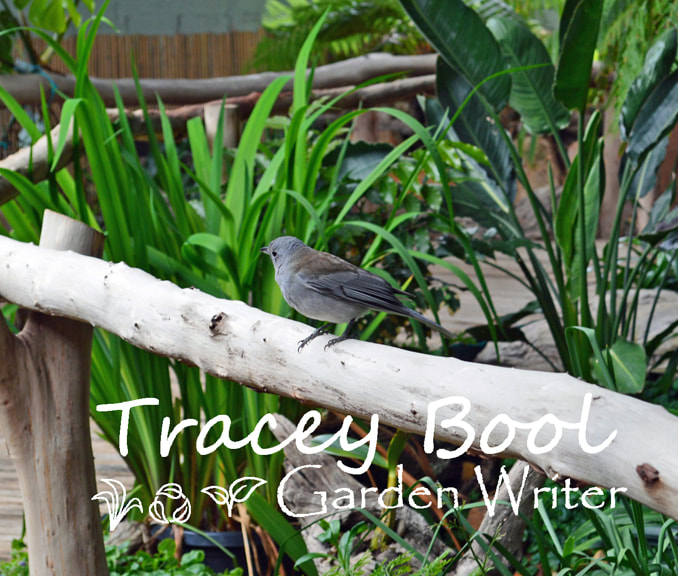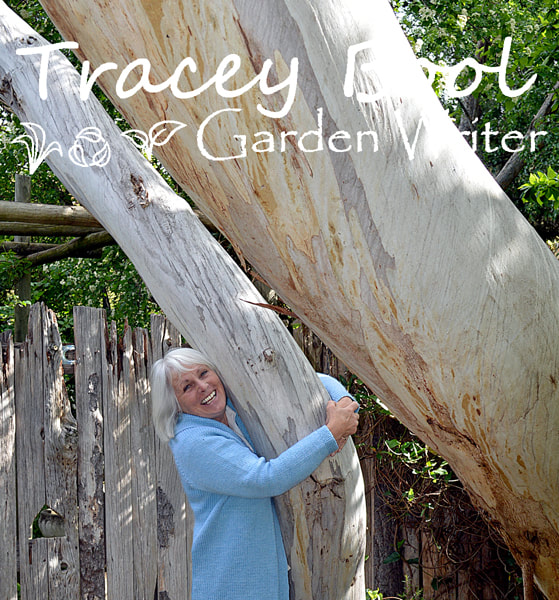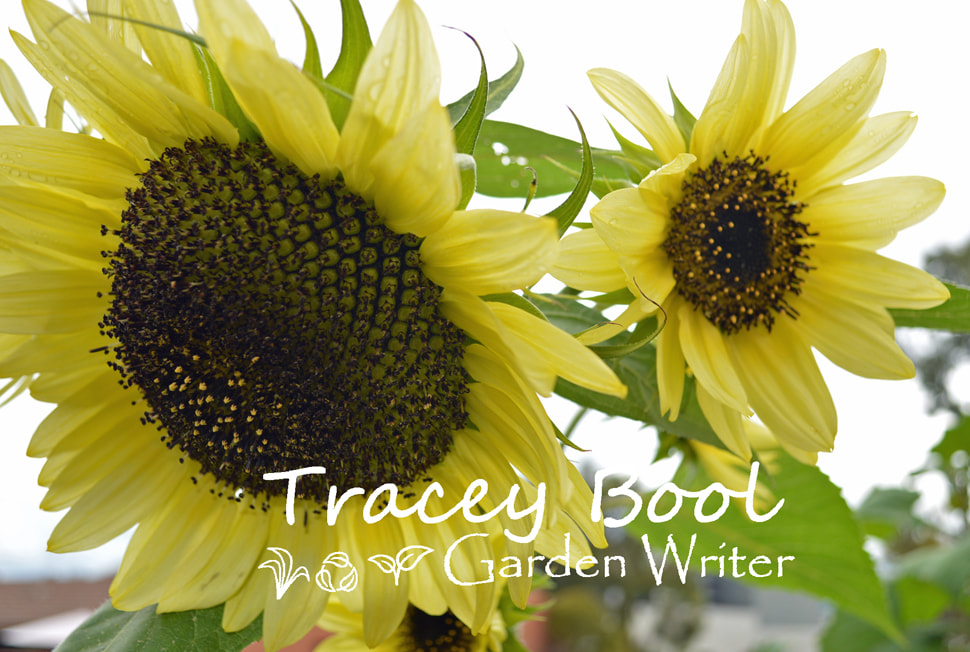|
Enliven the senses with a sensory garden
Gardens are a wonderful space which transform a place of residence into a welcomed escape from the grittiness of everyday life. Gardens are at the very least a visual space but can also appeal to the other senses including smell, touch, sound and taste. A sensory garden caters to these senses and creates an environment which cannot help but improve one’s state of mind and in many cases our physical health as well. When designing your sensory garden, consider:
The following are some sensory plants you may like to utilise: Natives: Philotheca (wax flower) – scented foliage, attractive flowers for people and beneficials alike; Prostanthera (native mint bush) – most have scented foliage and lots of flowers; Acacia (wattle) - fast growing shrubs with mostly bright yellow and often perfumed flowers in late winter and spring. They are also attractive to birds, butterflies and other beneficial insects. Exotics:
Herbs and flowering annuals:
|
|



